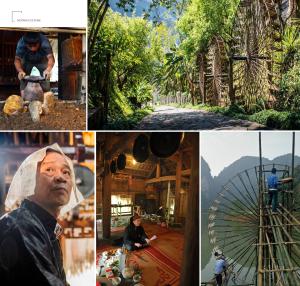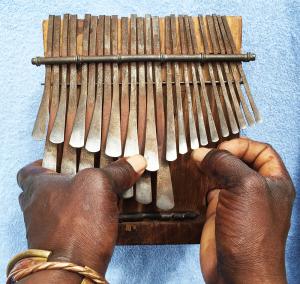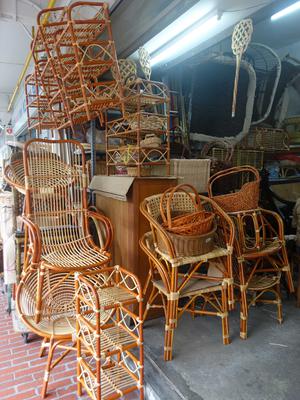This inventory documents a journey through Colombia’s most remote territories and silenced communities, exploring the role of intangible cultural heritage (ICH) in fostering peace, collective memory, and social cohesion. The project engages diverse cultural expressions, including bodily movement, music, Cuadros Vivos (Living Pictures), weaving, and traditional games, as tools for mutual understanding, empathy, and reconciliation.
By facilitating cultural exchanges between territories and communities, the initiative nurtures awareness of Colombia’s rich cultural mosaic. Through the transmission of songs, movements, stories, and emotions, participants co-create collective narratives, shaping a polyphonic chorus that reimagines and transforms history.
The creative process unfolds in three key stages:
- Exploring Embodied Memories – Recognizing the body as a living archive of personal and collective experiences.
- Mapping Social Connections – Identifying shared gestures and interactions that reflect cultural heritage and intergenerational transmission.
- Engaging with Territories and Communities – Integrating ICH practices into creative expressions where local inhabitants become the protagonists, and community stories shape the artistic and cultural outcomes.
By weaving together different cultural visions, this initiative fosters creativity and innovation in ICH safeguarding. It transforms personal and historical wounds into creative resources, offering new possibilities for coexistence and peacebuilding. This work continues as a living process of human and cultural diversity, strengthening ties between bodies, territories, and traditions.
03-07-2025
| Institutional and human capacities | Embodying Reconciliation is an independent initiative led by a multidisciplinary team of humanists, researchers, artists, and activists dedicated to the safeguarding of intangible cultural heritage (ICH) through peacebuilding, gender equality, and community empowerment. In this project, we collaborated with 36 cultural actors across Colombia, including artists, community leaders, tradition bearers, and researchers, to strengthen the transmission and safeguarding of ICH through participatory and creative methodologies. Key institutional and human capacities include: 1.Interdisciplinary Expertise The team includes specialists in anthropology, peace studies, dance, and community-based cultural heritage, ensuring a holistic approach to ICH safeguarding. 2.Community-Led Participation Local cultural practitioners, including indigenous and Afro-Colombian communities, actively contribute to research, transmission, and creative processes, ensuring ethical and culturally sensitive engagement. 3.Educational and Capacity-Building Programs The initiative integrates ICH into intercultural training, workshops, and artistic residencies that enhance knowledge transmission, particularly among younger generations. 4.Institutional Collaborations Partnerships with universities, cultural institutions, and international organizations facilitate academic research, funding opportunities, and the development of innovative safeguarding strategies. 5.Decolonial and Participatory Approaches The methodology prioritizes local cosmovisions and traditional knowledge systems, ensuring that safeguarding practices align with community-defined needs and aspirations. By reinforcing institutional and human capacities, Embodying Reconciliation fosters resilience, knowledge-sharing, and innovation in ICH safeguarding, ensuring the sustainability of cultural expressions as vital tools for peacebuilding and social transformation. | |
| Transmission and education | Virtual Training for Cultural Actors of the Museum Bodies for Empathy. Permanent 360° Exhibition: "Actions of Colombia for Peace" (Virtual Format, 2020). This initiative aimed to create creative tools around body, artistic, heritage, and digital languages, fostering an active engagement of participants with their own narratives and those of others. The main goal of the training was to enhance the cultural management skills of 36 cultural actors across Colombia through a virtual learning and creation process. This process highlighted the cultural landscapes of their regions while exploring empathy through the body, cultural heritage, and interculturality. The training program was structured around three key themes: Body: The body is considered the first territory, a dynamic archive of personal and collective histories, and a vehicle for experiences and relationships. By recognizing the body in this way, we also highlight bodily practices as opportunities for personal and social transformation. This module introduced the concept of kinesthetic empathy, which allows individuals to perceive and synchronize with others' emotions through bodily awareness. Participants explored participatory tools, movement practices, and artistic expression through photography and video. They also received training in editing these formats using open-access digital tools. Cultural Heritage: This module focused on local practices that create a sense of belonging, identity, and continuity, passed down through generations (UNESCO, 2003). Intangible Cultural Heritage (ICH) was explored as a set of living traditions that could be safeguarded and disseminated through digital means. Participants engaged in heritage protection methodologies and learned digital mapping techniques (using UMaps and Google Street View) and audio storytelling (via podcast creation). The module culminated in five collaborative creative works: three videos and two podcasts showcasing exchanges between communities from five Colombian regions. A key component was the digital safeguarding of traditional dances using the PoseNET tool, specifically developed for the Museum Bodies for Empathy. This technology enabled the recording and documentation of cultural dances performed by the participating cultural actors, aligning with international dance protection approaches in the digital era. Interculturality: This module promoted exchange among participating communities, allowing them to learn about each other's cultural practices, management experiences, and challenges. The approach emphasized cultural diversity and intercultural education, fostering a sense of cultural activism for community development and reconciliation. Participants were encouraged to view themselves as cultural actors and change agents in their communities. As a final product, participants co-created a 360° virtual exhibition titled "Network of Cultural Actors of the Museum Bodies for Empathy" using Artsteps. This exhibition displayed 64 artistic pieces produced during the training and reflected the participants’ perspectives on cultural diversity and peacebuilding. At the end of the training, participants acquired theoretical, methodological, and technical tools to implement within their communities. They were encouraged to become local training hubs, passing on their knowledge to young community leaders in an ongoing, sustainable process. Each participant received a certification, and the communities involved were integrated as partners of the Museum. | |
| Inventorying and research | As part of the Museum Bodies for Empathy initiative, an extensive process of inventorying and research was conducted, leading to the creation of numerous artistic and cultural products in various formats, including podcasts, video mappings, photo galleries, and digital exhibitions. These works explore the intersections of body, cultural heritage, and interculturality as tools for social transformation and peacebuilding. The initiative reflects a deep engagement with local cultural expressions, providing a digital archive of community-based artistic practices and fostering critical dialogues around heritage, memory, and reconciliation. The project is widely accessible through multiple platforms that showcase its artistic and research outcomes: • Explore the Permanent 360° Exhibition: Colombia: Actions for Peace: https://www.artsteps.com/view/5f9595f6874fb11ea4931d95 • Listen to the Podcast: Bodies for Empathy Museum on Apple Podcasts https://podcasts.apple.com/es/podcast/museo-cuerpos-para-la-empatia-bodies-for-empathy-museum/id1550895175 • Visit the YouTube Channel: Museum Bodies for Empathy https://www.youtube.com/@museocuerposparalaempatia7795 • Read the Academic Book on the Experience: Museo Cuerpos para la Empatía – IDARTES https://idartesencasa.gov.co/danza/libros/museo-cuerpos-para-la-empatia • Discover More on the Official Website: Embodying Reconciliation https://embodyingreconciliation.com/featured-products The research and inventory process were complemented by a series of eight virtual training and creation workshops held with cultural actors from four different regions of Colombia. These workshops were structured into three thematic modules: the body as a living archive and a tool for transformation, the safeguarding and promotion of local traditions and intangible cultural heritage, and the role of intercultural exchange in fostering dialogue between diverse communities. The training sessions, which ran from August 29th to October 17th, engaged 36 cultural actors from different regions of Colombia, representing the country’s cultural diversity. A central outcome of this initiative was the production of 64 artistic and cultural works, significantly surpassing the initial goal of 12 digital products. These creations explored bodily memories, local traditions, and community narratives through photography, video, and sound-based formats. The Body as Archive segment featured individual artistic reflections on memory, while the Cultural Heritage segment resulted in three collective productions representing distinct regions of Colombia, including videos and audio storytelling projects. The culmination of this research and creative process was the launch of a permanent digital exhibition, Colombia: Actions for Peace, hosted within the Museum Bodies for Empathy. Curated collaboratively by the pedagogical team and the participating cultural actors, this immersive 360° exhibition ensures the accessibility and continuity of the cultural initiatives developed throughout the project. It stands as a testament to the role of intangible cultural heritage in peacebuilding, highlighting the resilience of communities affected by conflict and reinforcing the importance of cultural expressions in processes of reconciliation. By providing an interactive platform that showcases these diverse cultural productions, the initiative expands the reach of local artistic expressions beyond geographical boundaries. The project continues to serve as a living archive that honors memory, promotes dialogue, and demonstrates the transformative potential of heritage in social healing. | |
| Policies as well as legal and administrative measures | As part of the project's commitment to ethical cultural practices and heritage safeguarding, several policies and legal-administrative measures were integrated into the platform and training modules. These measures ensure the responsible representation, protection, and dissemination of cultural expressions, particularly those belonging to Indigenous, Afro-descendant, and local communities. Informed Consent and Traditional Labels The platform incorporates a mandatory informed consent process, ensuring that all cultural actors and communities participating in the project retain ownership and control over their artistic and cultural expressions. This process respects the principles of Free, Prior, and Informed Consent (FPIC) in accordance with international heritage protection frameworks. Additionally, the project has implemented the use of Traditional Knowledge Labels (TK Labels) to: • Acknowledge the origins of cultural practices and artistic expressions. • Protect traditional knowledge from misrepresentation or unauthorized use. • Ensure proper attribution to the communities and individuals who have contributed to the project. Cultural Property Module A dedicated training module on cultural property rights was integrated into the educational program. This module provided cultural actors with tools to: • Understand intellectual property rights related to traditional and collective knowledge. • Navigate legal frameworks protecting cultural heritage at local, national, and international levels. • Develop strategies for ethical cultural production and dissemination. By incorporating these legal and administrative measures, the project ensures a respectful and sustainable approach to cultural heritage, while empowering communities to safeguard their traditions and artistic contributions in digital and public spaces. | |
| Role of intangible cultural heritage and its safeguarding in society | Intangible Cultural Heritage (ICH) serves as a fundamental pillar for peacebuilding, fostering social cohesion and resilience through the transmission of collective memories, artistic expressions, and cultural practices. By safeguarding ICH, societies can strengthen intergenerational dialogue, promote mutual understanding, and create spaces for reconciliation, particularly in post-conflict and marginalized communities. As aligned with the Overall Results Framework’s eight themes, this initiative has emphasized: Cultural Diversity and Inclusion – The project connected remote and historically silenced communities across Colombia, enabling them to share and celebrate their cultural expressions. Through bodily movement, music, Cuadros Vivos, weaving, and traditional games, participants redefined their identities and strengthened community ties. Community Resilience and Well-being – Recognizing the body as a living archive of memory and heritage, the initiative encouraged participants to explore their personal and collective histories. This creative process not only facilitated healing from trauma but also transformed wounds into sources of artistic and cultural renewal. Intergenerational and Intercultural Dialogue – The project promoted storytelling through embodied practices, allowing communities to exchange songs, movements, and narratives across regions, strengthening the awareness of Colombia as a rich cultural mosaic. Education and Capacity Building – The training modules provided tools for cultural actors to document, protect, and transmit their heritage. These activities empowered participants to recognize their traditions as valuable contributions to cultural sustainability and peacebuilding. Heritage and Sustainable Development – The integration of ICH in artistic and digital platforms helped communities preserve and share their cultural narratives in innovative ways, ensuring their longevity while making them accessible for broader audiences. Recognition and Safeguarding of Cultural Rights – The initiative incorporated Free, Prior, and Informed Consent (FPIC) and Traditional Knowledge Labels (TK Labels), ensuring communities maintained ownership and agency over their cultural expressions. Reconciliation and Historical Memory – By engaging in collective creative processes, communities co-constructed new narratives of peace, reinterpreting their histories through artistic means. This process fostered collective healing and a renewed sense of belonging. Global and Local Cultural Networks – The initiative served as a bridge between grassroots communities, cultural institutions, and digital platforms, ensuring that local heritage is recognized as an integral part of national and international conversations on peace and cultural sustainability. Through this initiative, cultural heritage was not only safeguarded but activated as a dynamic tool for conflict transformation and peacebuilding. The encounters between bodies and territories wove a polyphonic narrative, fostering empathy and reinforcing the idea that cultural heritage is a collective and evolving process. This plural, inclusive, and intercultural approach reaffirms that peace is built in everyday gestures, community practices, and the recognition of our shared humanity | |
| Awareness raising | This initiative has played a crucial role in increasing public recognition of Intangible Cultural Heritage (ICH) as a powerful tool for peacebuilding, social resilience, and historical memory. Through participatory cultural production, it has empowered communities to actively engage in the preservation, transmission, and creative reinterpretation of their traditions. By integrating artistic expressions such as movement, music, oral storytelling, and digital media, the project has fostered intercultural dialogue and strengthened connections between local and global narratives. A key component of this initiative was the design and implementation of eight virtual workshops across four regions of Colombia, focusing on three core themes: body, heritage, and interculturality. These sessions, attended by 36 cultural actors from diverse backgrounds, resulted in the creation of 64 audiovisual and sound-based products, exploring the body as a living archive and cultural heritage as a medium for collective storytelling. The culmination of these efforts led to the 360-degree virtual exhibition “Colombia: Actions for Peace”, hosted by the Museo Cuerpos para la Empatía, which showcases authentic expressions of culture and peacebuilding from different regions. Additionally, the initiative emphasized ethical cultural practices, incorporating informed consent processes, traditional knowledge labels, and a module on cultural property rights within the platform. By prioritizing these measures, it ensured that the safeguarding and promotion of ICH align with principles of community ownership, respect, and sustainability. Through these efforts, the project has successfully positioned ICH as a dynamic and evolving force for social cohesion and sustainable development, encouraging a broader appreciation of cultural diversity as a vital asset for peace and collective well-being. | |
| Engagement of communities, groups and individuals as well as other stakeholders | This initiative placed community engagement at its core, ensuring that local cultural actors were not just participants but co-creators in the safeguarding and transmission of their intangible cultural heritage (ICH). By fostering active participation, the project strengthened the agency of individuals and groups in defining, preserving, and creatively reinterpreting their traditions. The initiative engaged 36 cultural actors from diverse communities across Colombia, representing the country’s five regions. Through eight virtual workshops, participants explored themes of body, heritage, and interculturality, culminating in the production of 64 digital and audiovisual pieces that documented their embodied memories, traditions, and local narratives. The creation process emphasized collective storytelling and community-led artistic expression, reinforcing cultural rights and self-representation. To amplify the impact of these efforts, the project built strategic alliances with cultural institutions, heritage organizations, and civil society actors. This network facilitated knowledge exchange, visibility, and sustainability of the project beyond its initial implementation. The collaboration with the Museo Cuerpos para la Empatía led to the 360-degree virtual exhibition "Colombia: Actions for Peace," offering a permanent platform to showcase and celebrate these cultural expressions. Additionally, the project integrated ethical and legal frameworks by incorporating informed consent procedures, traditional knowledge labels, and a dedicated module on cultural property rights. These measures ensured that community members retained ownership of their cultural expressions, reinforcing principles of respect, sustainability, and cultural self-determination. By actively involving communities and multiple stakeholders, this initiative not only safeguarded and revitalized ICH but also positioned it as a key driver for peacebuilding, intercultural dialogue, and social cohesion, demonstrating the transformative potential of collective heritage in shaping inclusive and resilient societies. | |
| International engagement | This initiative fostered international collaboration by bringing together a diverse team of experts specializing in intangible cultural heritage (ICH), cultural property, and heritage management. The project benefited from a multidisciplinary and global perspective, integrating best practices and methodologies from different cultural and academic contexts. As part of its second phase, the project expanded beyond Colombia, implementing face-to-face training programs in Japan and India. These training sessions allowed for direct intercultural exchanges, strengthening the global dialogue on heritage safeguarding, cultural rights, and community-led initiatives. By engaging with local cultural practitioners and academic institutions, the project built cross-border networks, facilitating knowledge-sharing and fostering new collaborations. Additionally, the international nature of the team enabled a comparative and inclusive approach to ICH safeguarding, incorporating insights from different heritage frameworks. This ensured that the methodologies developed were not only locally relevant but also aligned with global heritage policies and international best practices. Through these efforts, the project positioned itself as a model for international cooperation in heritage preservation, demonstrating how ICH can serve as a bridge for peacebuilding, cultural sustainability, and community empowerment on a global scale. | |
| References |
|
|

.png)
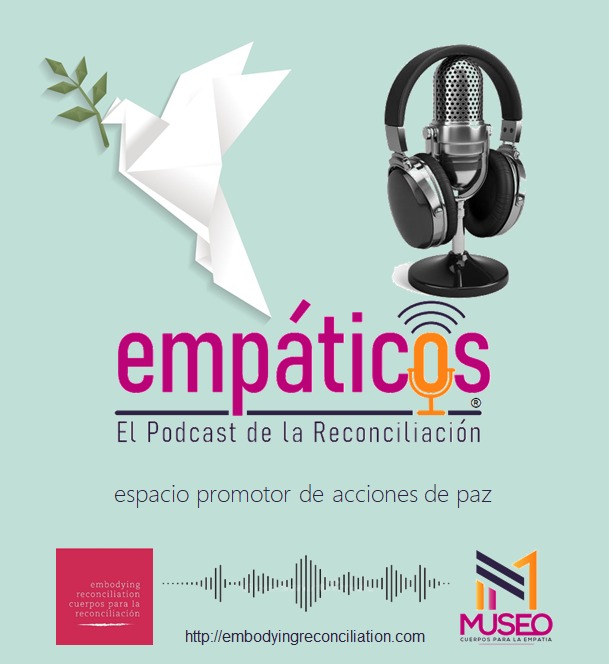
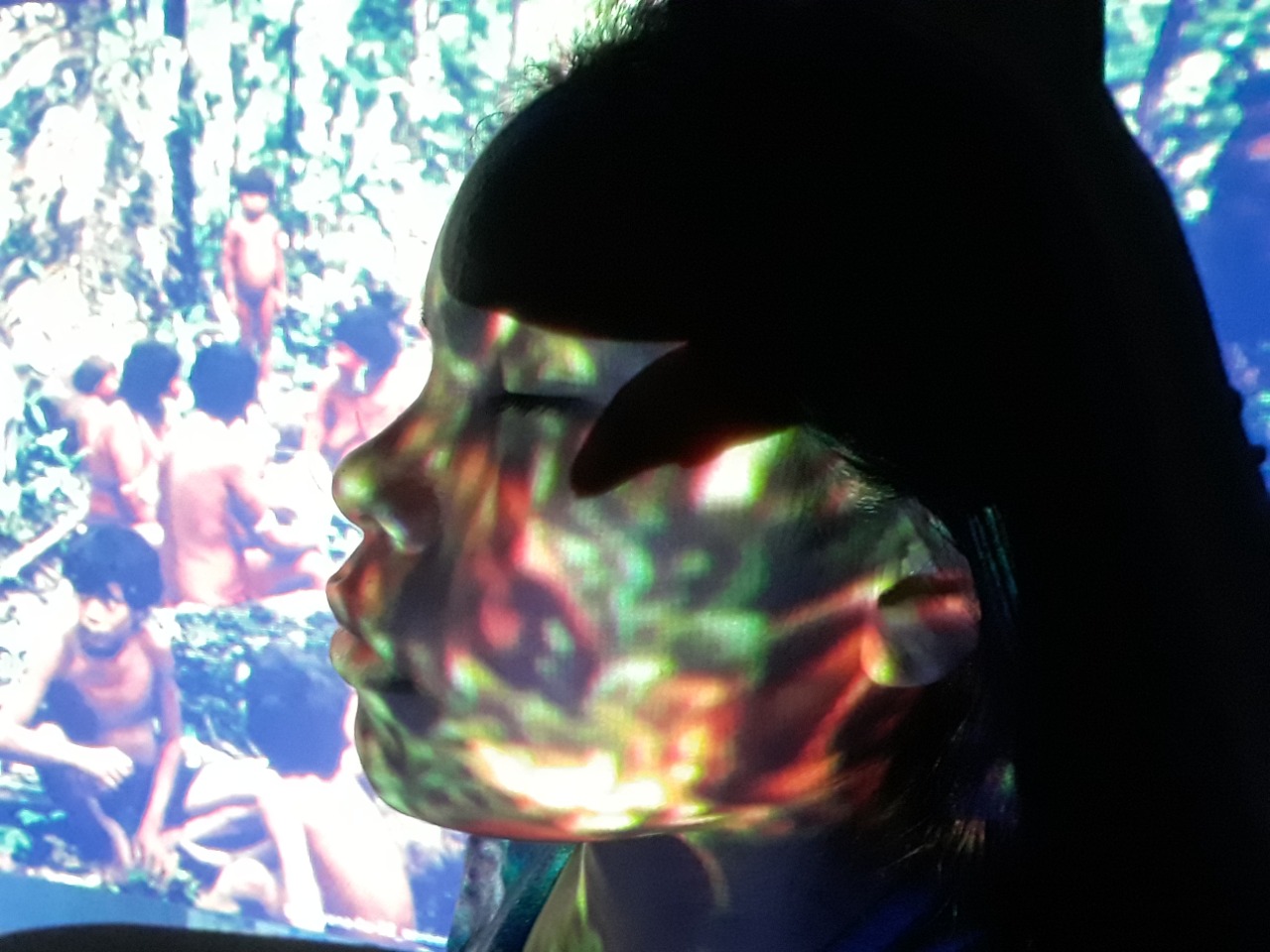
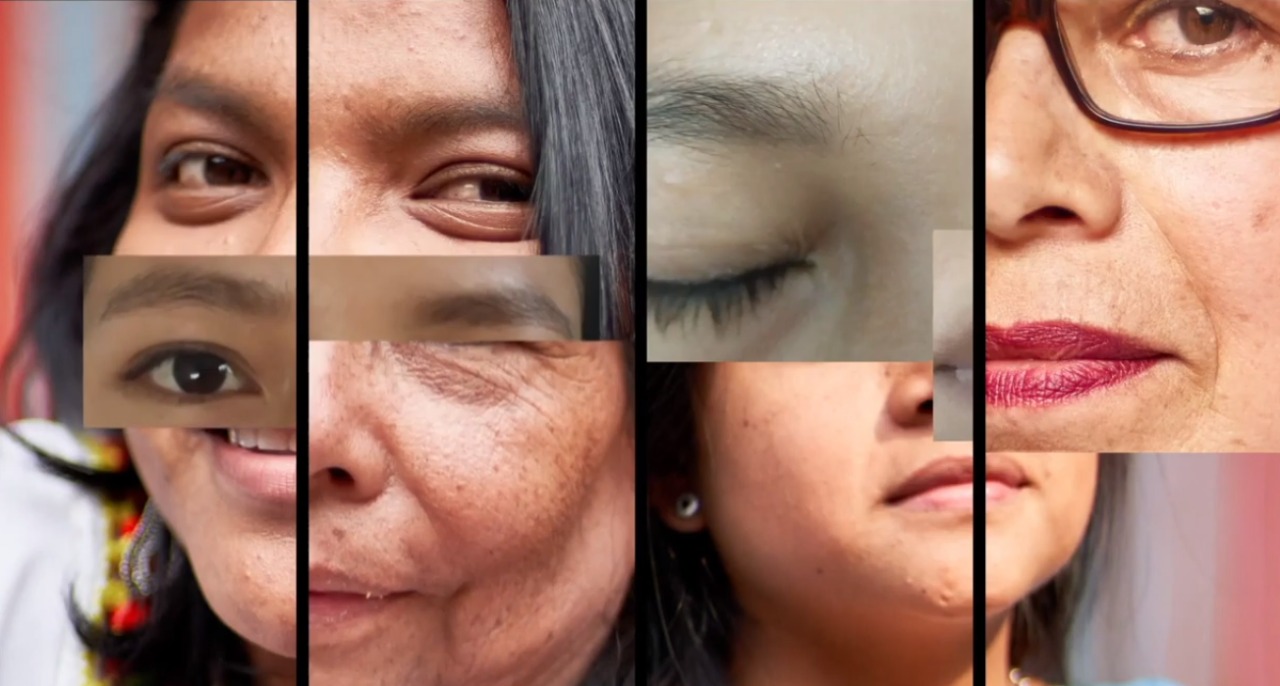


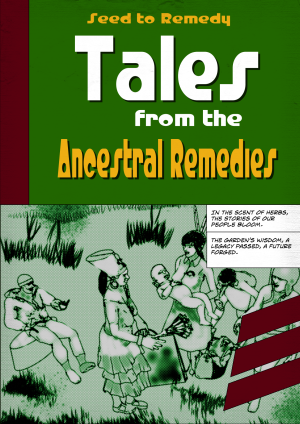
.jpeg)
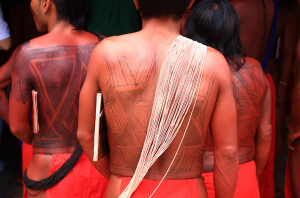
.jpg)
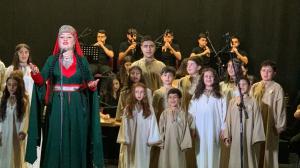
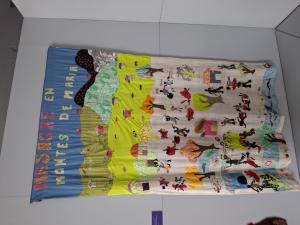
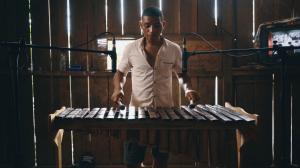
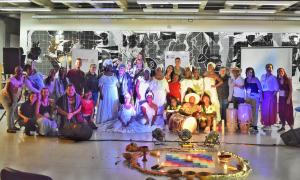
.png)
.jpg)















_(31711258567).jpg)

















